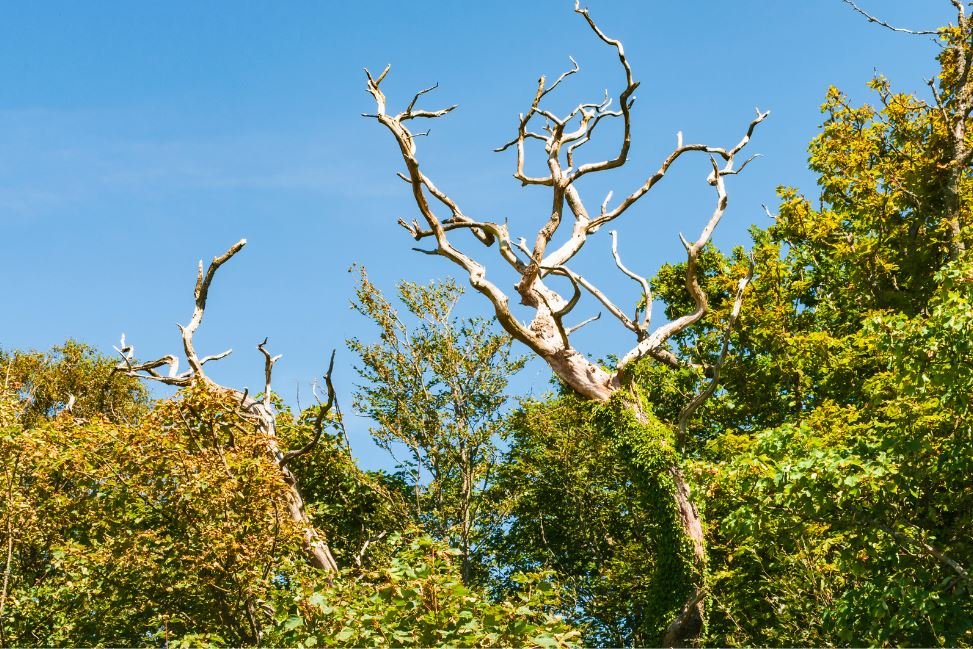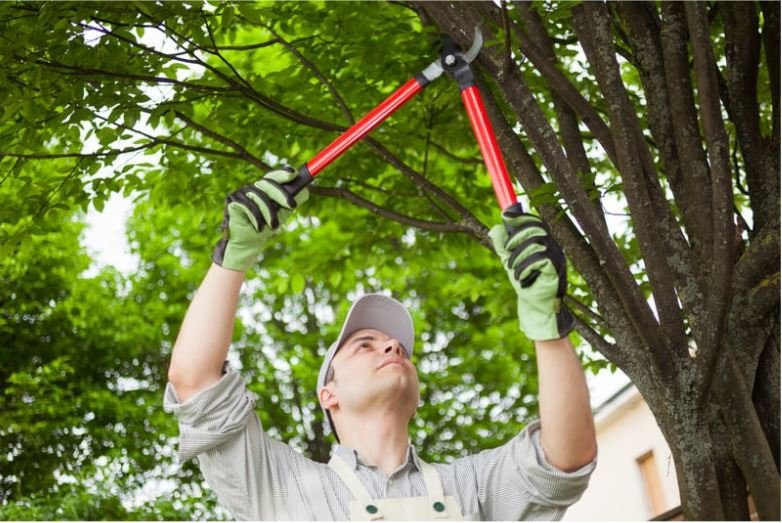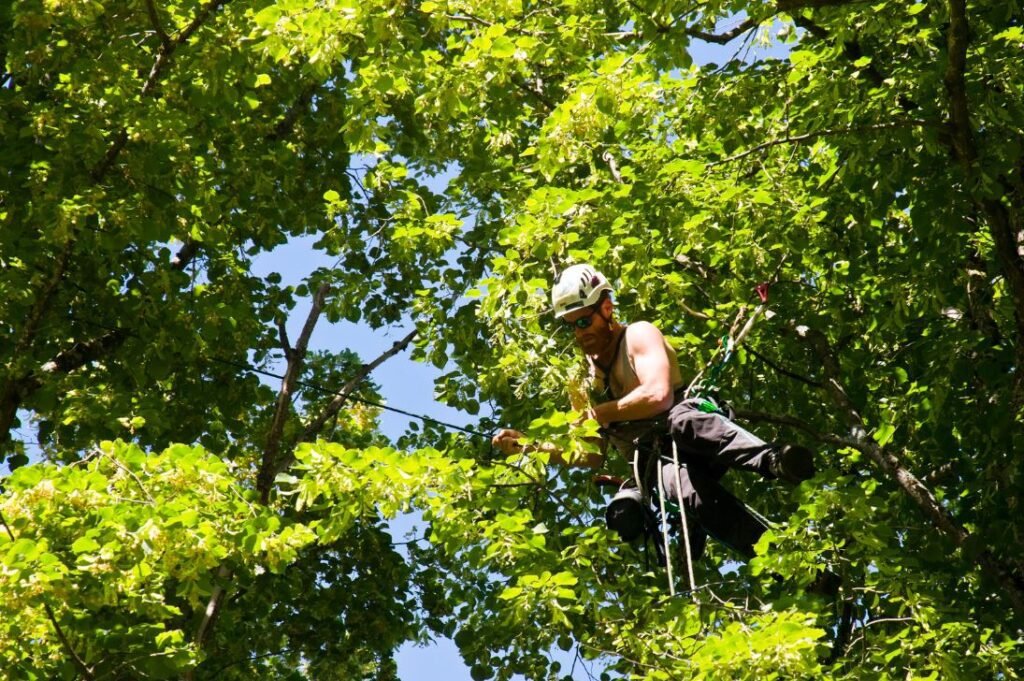Diseases
Trees can contract diseases just like humans can. However, unlike humans, trees can only contract a disease if three aspects are present. In order for a tree to become sick, a pathogen has to be present, it must also be susceptible to this particular pathogen, and finally, it must also be in an environment that would suit its growth. It is easier to think of pathogens like they are any other type of plant life. A plant needs a suitable environment to grow, if it does not, it will not flourish.
Plants vary when it comes to what pathogens they are susceptible to. It has become more common to plant vegetation that is pathogen-resistant in West Vancouver. However, even if the plant is susceptible to the pathogens that are attacking it, the environment has to be the right one in order for the pathogen to take effect and cause it harm.
There are two types of pathogens that commonly attack plants in West Vancouver amongst other areas. Those are living and nonliving agents. Basically what that means is that they can either be infectious or non-infectious agents that can harm the plant.
There are a variety of infectious and non-infectious pathogens. Examples of infectious agents are fungi, viruses, and bacteria. Non-infectious pathogens account for 70-80 percent of all of the problems that plants are exposed to. This includes anything from vandalism to fluctuations in the nutrients that the plant is absorbing. Non-infectious agents can sometimes display similar symptoms to those of the infectious agents. It’s important to differentiate between these two in order to properly treat the plant.
Insects
On the topic of insects though, they get a bit picky. Certain insects are attracted on a higher level to trees and shrubs. This attraction results in injury and damage to the plant the insect is attacking. Insects are able to stunt the growth of trees by denudating them of the trees and sucking on the sap. If the insect burrows into the tree through either the branches or the trunk then it can affect the ability of the sap to flow. In additional, it also weakens the structure of the tree itself. It is also possible that some insects carry diseases that target plants. However, the insect attack is usually the least of the trees worries compared to the actual stress it undergoes or the pathogen that attaches itself to the tree or plant.
Gardeners need to keep in mind that not all bugs are meant to bring destruction upon your lovely garden sanctuaries. Some bugs, like ladybugs, are actually the best friends of plants. Insects, like bees, can help pollinate the plant. Some insects also act as a defense system to other insects that want to feast on its greenery. Have you ever noticed how the leaves of your plants look like they have holes in them? Those are most commonly caused by aphids. Who, of the insect species, eat these little green terrors? Well, lady bugs of course. So, the next time one lands on your finger, instead of swatting it away make a wish or let it join your garden. Before you make the decision to harm any type of insect, you should always catch up on your research of it. You don’t always have to use chemicals; you can also use holistic measures to rid yourself of the little pests.
Eating Methods
An interesting fact about insects is that they can be separated into three different categories involving how they eat. These categories are as follows, chewing, sucking, and boring. The insects have specific characteristics to help you determine which little critter is causing you all this trouble and how to treat it properly.
If you have any doubt about how to care for your trees and plants give us a call at (604)721-7370 or just leave your contact information on our contact us page.
Each category will now be broken down into specifics so it will help you narrow down what is attacking your plants.
Chewing
Chewing insects are known mostly for eating plant tissue. This includes leaves, flowers, buds, and twigs. If you notice margins that are uneven or broken, leaves becoming skeletonized, or leaf mining then you have a variety of insect that is characterized by chewing. A few examples of these insects are beetles and caterpillars. If you picture the Hungry Caterpillar book then you are on the right track here.
Sucking
Sucking insects, however, insert their beaks into the part of the plant they are eating from and feed off of their juices. An example of a sucking insect is an aphid. You can identify the damage done by these insects by determining if there is any discoloration, drooping or wilting, leaf spots, honeydew, or the general lack of vigor in the plant.
Boring
Boring insects spend their time feeding underneath the bark of trees as larvae. Some of these insects kill twigs and others when they first hatch into larvae bore into the stem and develop there.
Treatment
In order to treat an insect problem, you first need to determine what type of insect it is. In addition, you also need to consider the extent of the problem at hand, any other factors that may contribute to the situation, and the regulations of your city.
Before doing anything yourself, give us a call (604)721-7370.
Remember, always consult a professional first.





